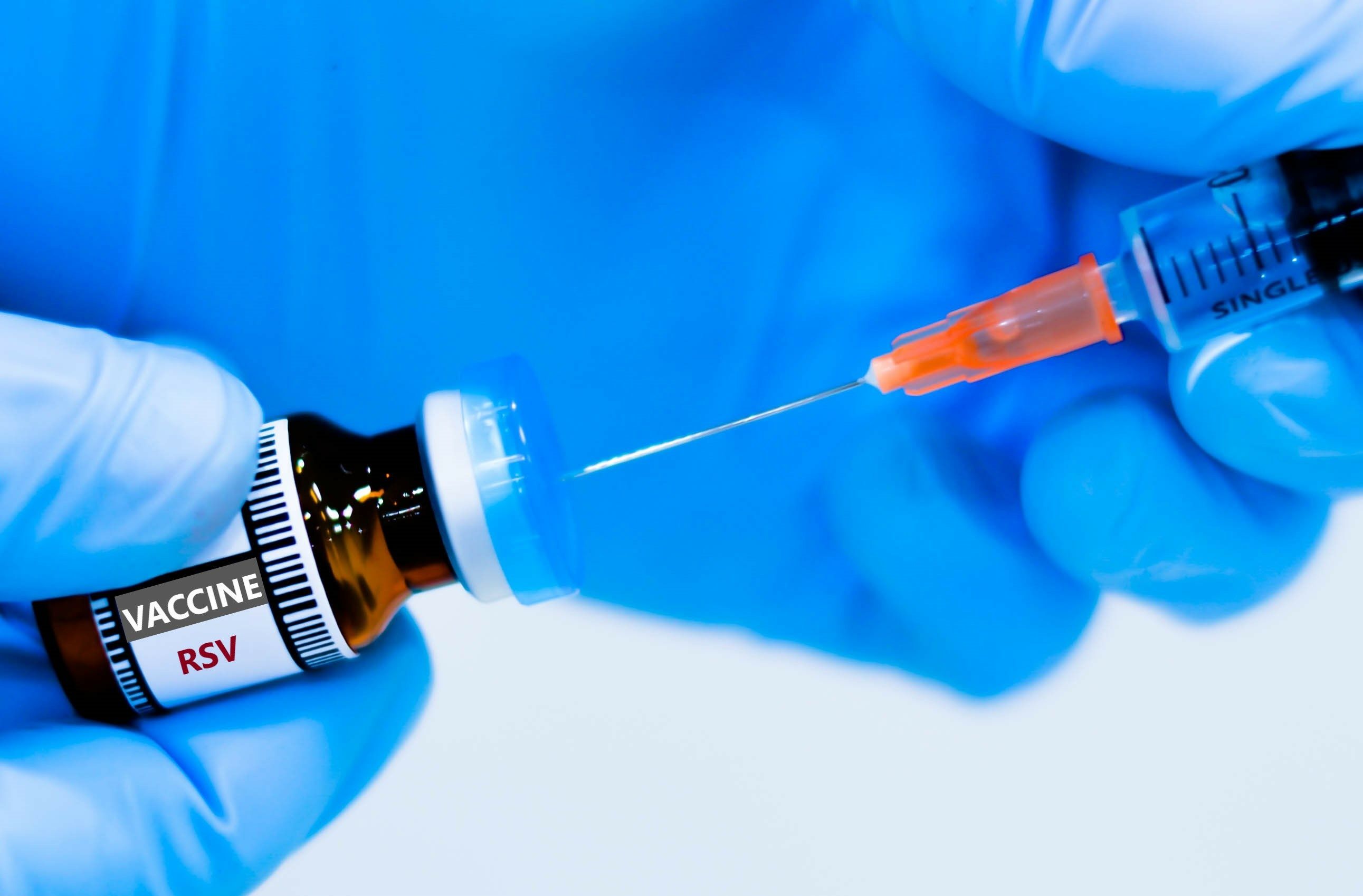Article
One Step Closer Towards Reversing Anti-Xa Inhibitors
Andexanet alfa showed promise as an anti-Xa reversal agent in new research presented at the American Heart Association's Scientific Session 2014.
Target-specific oral anticoagulants (TSOAC) have matched or surpased warfarin as first-line agents in guidelines for numerous cardiovascular conditions, including non-valvular atrial fibrillation and venous thromboembolism prophylaxis and treatment.
However, concern over the ability to manage bleeding emergencies secondary to TSOACs has stopped some prescribers from adopting these agents. Now, data presented at the American Heart Association's Scientific Session 2014 held in Chicago has provided a preview of the forthcoming reversal strategies for them.
Andexanet Alfa a Novel Antidote to the Anticoagulant Effects of fXA Inhibitors — Apixaban (ANNEXA-A) is a phase 3, double-blind, randomized, placebo-controlled trial of a novel anti-Xa reversal agent, andexanet alfa. The Portola Pharmaceuticals product functions as an universal reversal agent for oral anti-Xa inhibitors such as apixaban, rivaroxaban, and edoxaban. Andexanet alfa acts as a factor Xa decoy, thereby attracting the oral anti-Xa inhibitor. But, as a result of a structural change, it does not cleave prothrombin to active thrombin.
In ANNEXA-A, 33 healthy adult patients who were mostly white men aged between 50 and 73 years recieved apixaban 5 mg twice daily for 4 days and were subsequently randomized to recieve placebo (n=9) or andexanet 400 mg IV bolus (n=24) 3 hours after the last dose of apixaban. The primary outcome was mean change from baseline in anti-Xa activity, 2 or 5 minutes after bolus injection.
Andexanet alfa was able to reverse apixaban induced anti-Xa activity by 94%, compared with roughly 20% reversal by placebo (p<0.0001). However, shortly after the bolus, the effects of andexanet alfa waned, and by 2 to 3 hours after bolus injection, the effects were no different from placebo.
The secondary efficacy endpoints showed similar success of andexanet alfa in significantly reducing unbound apixaban concentration, significantly improving thrombin generation, and correcting apixaban-induced prolongation of the activated clotting time. But, again, the effects diminished over a period of time, matching placebo at 2 to 3 hours after infusion. However, the ongoing follow-up to this study may address this issue, since it is investigating an andexanet bolus followed by an infusion.
No patients in the ANNEXA-A study experienced any treatment-related adverse event, including incidence of thrombotic events or factor X or Xa antibody development.
This data builds upon the safety of andexanet in animal models, as well as preliminary human studies. The ongoing ANNEXA-A follow-up, Andexanet Alfa a Novel Antidote to the Anticoagulant Effects of fXA Inhibitors — Rivaroxaban (ANNEXA-R), will shed more light on the possibility of this agent reaching clinical practice.
Until the fate of andexanet alfa is known, we must still rely on prothrombin complex concentrates, both in 3- and 4-factor formulations, to attempt to reverse vitamin k antagoinists, as well as TSOACs, albeit their controversy.





